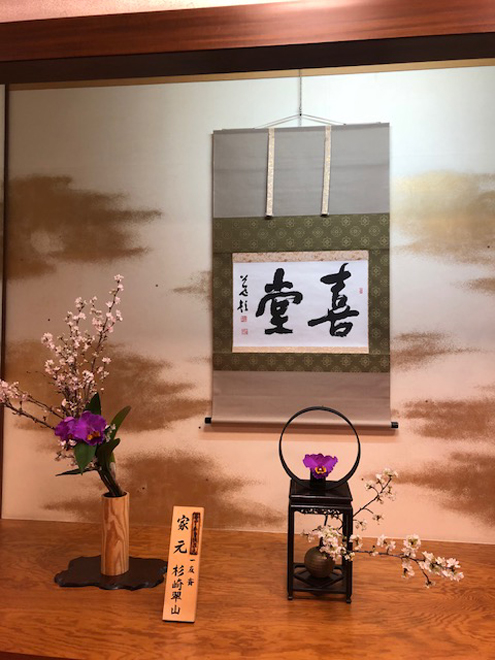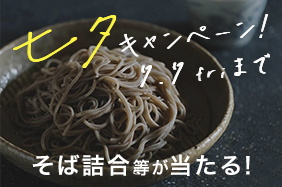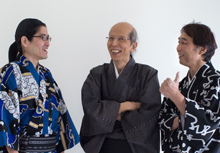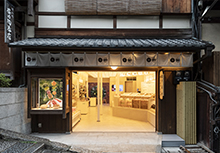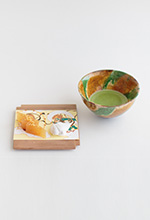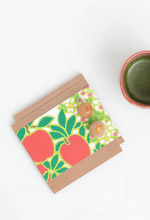SOU・SOU Diary /Staff's Diaries
"Tanabata in Manyoshu / Mami Koyama"
Today is Tanabata!
Up and Down?
When I was a child, I used to make Tanabata decorations and hang them on bamboo, but since I became an adult, all I can do is pick up a pen and think, "I wonder if I should write my wishes..." and often I end up doing nothing at all...
Although people now write a wide variety of wishes, it still seems to be more of a children's event.

It is said that the tradition of writing wishes on tanzaku originated in China, where people prayed for improvement in crafts such as sewing, calligraphy, and poetry, in honor of Orihime, the princess who was skilled at sewing.
Speaking of Japanese poetry, the waka poems that appear in key scenes of NHK's historical drama "To You, the Manyoshu, contains over 130 poems related to Tanabata.
Did people in the past love Tanabata?
I was interested in Manyoshu, but I thought it would be quite a challenge, and then I found a book that was just right for me.
Manyoshu translated into modern Nara dialect,
"I'd rather be loved than love: Manyoshu 1 translated into Reiwa dialect and Nara dialect" (by Sasaki Ryo)!
 This site also contains several songs about Tanabata, and the translations into modern language are very interesting.
This site also contains several songs about Tanabata, and the translations into modern language are very interesting.
I'd like to introduce one thing that particularly caught my attention.
"The Milky Way changed with last year's migration, and as I stepped on the riverbed, the night grew late."
/ Kakinomoto no Hitomaro (Volume 10, Song No. 2018)
The modern translation is
"The place where the Milky Way crossed last year had moved, and by the time I was looking for the riverbed, night had fallen."
However, in modern Nara dialect:
 It seems that it will be (laughs)
It seems that it will be (laughs)
The book provides clear and detailed explanations.
 It seems that the song was an excuse for Hikoboshi's lateness.
It seems that the song was an excuse for Hikoboshi's lateness.
Tanabata suddenly became more exciting, and for the first time in my life I even prepared some bamboo myself.
We definitely recommend Hanatsutsumi for Tanabata decorations at home!
Hanatsutsumi 's page isClick here

Tonight I will spend my evening gazing at the bamboo grass and reading the Reiwa version of Manyoshu in the Nara dialect, and I think I might even try reciting a poem as if I were one of the people who lived 1,300 years ago.
- Articles staff (Oyama) recently wrote
- Related article
Shopping Guide
Inquiries
Customer Service|12:00-17:00 ※Closed on Wednesdays and Sundays
<Address>
578-1 Nakanocho, Nakagyo-ku, Kyoto,Japan 604-8042, 3F
SOU · SOU netshop
 Info
Add as new friend
Info
Add as new friend






